Attractions
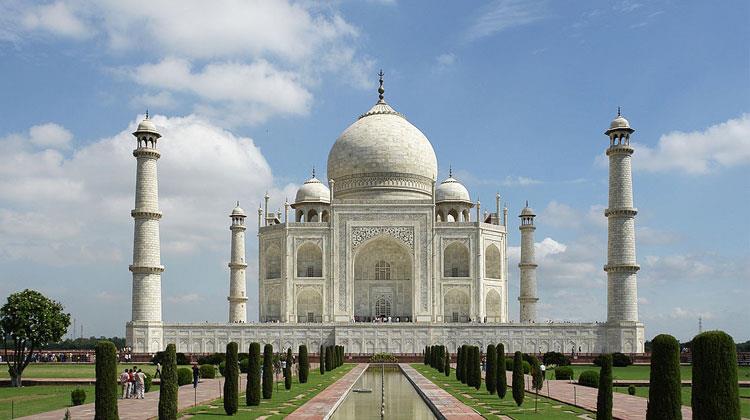
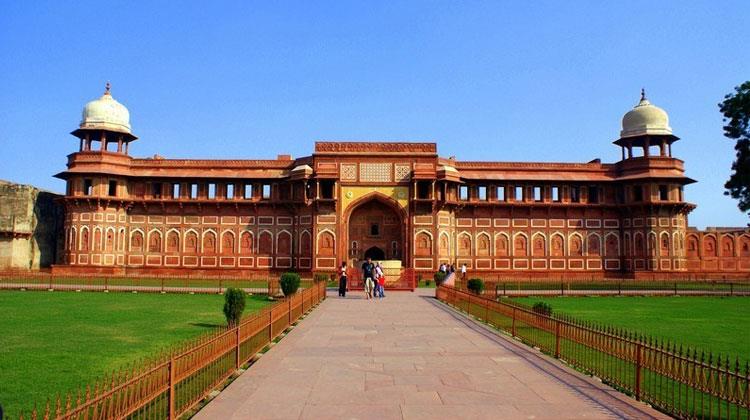
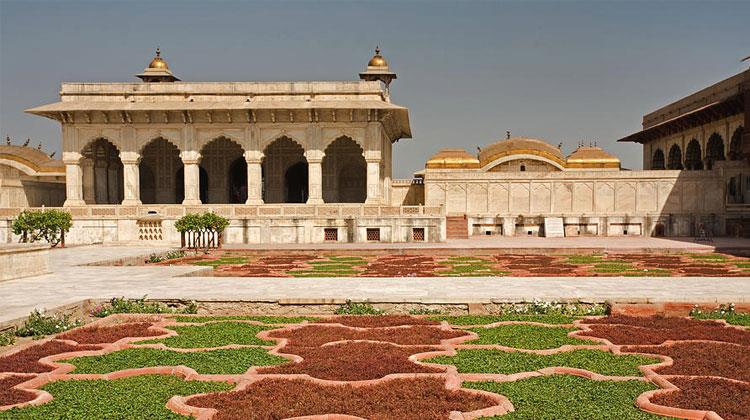
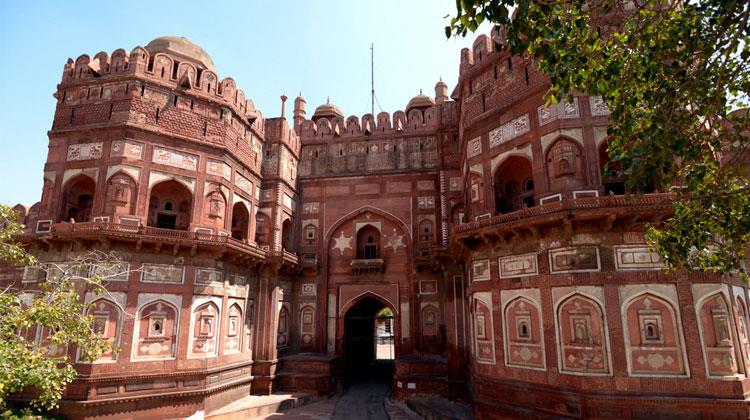
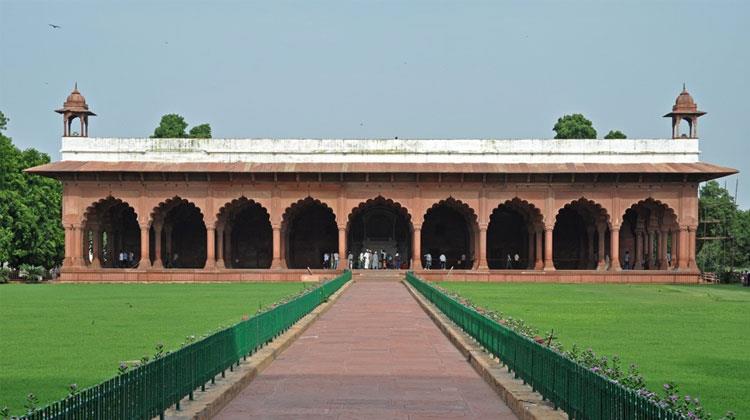

Taj Mahal
Taj Mahal, "the epitome of love", is "a monument of immeasurable beauty". The beauty of this magnificent monument is such that it is beyond the scope of words. The thoughts that come into the mind while watching the Taj Mahal of Agra is not just its phenomenal beauty, but the immense love which was the reason behind its construction. Mughal Emperor Shah Jahan got this monument constructed in the memory of his beloved wife Mumtaz Mahal, with whom he fell in love at the first sight.Ironically, the very first sight of the Taj Mahal, the epitome of love and romance, also leaves visitors mesmerized and perpetually enthralled.
Akbari Mahal
The ruins of Akbari Mahal (meaning Akbar's Palace) are a testimony to the presence of the huge imperial courts surrounded by a series of spacious chambers. Set between Jehangiri Mahal and Bengali Burj, it was once part of a larger palace complex and was used for residential purposes. Built between 1565-69, it had a large stone paved courtyard enclosed on all sides by suites and chambers. One can still see the few suites on the eastern side of the courtyard that have survived the rigors of time.One could enter it through the gateway on the western side, which was so designed that it ensured complete purdah and security for the women in the harem. There was a great Assembly hall with a high ceiling on the lower storey, which can still be seen but the upper storey is completely in ruins. It also had a hall with triple opening on the riverside.
Anguri Bagh
Shah Jehan built Anguri Bagh or the Garden of Grapes in 1637. With Khas Mahal to its east and red sandstone arcades on the other three sides, it was the principal square of the zenana apartments or the living area of the royal ladies. There was a marble paved platform with a fountain in its centre and the garden itself was divided into compartments in intricate geometrical pattern. As the name suggests, this garden was known for harvesting choicest of grapes and flowers throughout the year.It was designed to be a pleasant retreat or the paradise garden for the royal ladies and ensured their complete privacy. Hammams or imperial bathhouses adorned with exquisite wall paintings in royal blue and gold were located to its northeast. The tanks near the Jehangiri Mahal ensured the water supply to the ponds and baths of this garden.
Delhi Gate
Delhi gate is a famous monument in the city that is home to the Taj Mahal.The gateway is of red sandstone. The walls are 70 feet high and one mile and a half long. The Europeans and their followerstook refuge in the Fort during the MutinyThe masterpiece of Akbar's time, Delhi Gate was built between 1568-69 to the western side of the fort and served as the principal gateway of the fort. It was purposefully designed to enhance the security of the fort. A wooden drawbridge was used to cross the moat and reach the fort from the mainland. Sharp curves, trap points and brick-paved ramp were devised to obstruct the path of the invading army. High and mighty bastions further strengthened the fort. Inside, there was another gateway by the name of Hathi Pol or Elephant-Gate. It was so named because of the two lifesize sculptures of elephants were erected here in such a manner that their upturned trunks made an archway. Today, one can see only the pedestals of these masonry elephants.
Diwan-i-am
Made in marble, this 'jharokha' with a three-arched opening and inlaid with precious stones, was known as the 'Takht-i-Murassa' (the Throne Room). This chamber was connected to the royal apartments and the royal ladies could watch the ceremonials of the Diwan-i-Am through the marble windows with perforated screens on the right and left of the enperor's chamber, while not being seen by those in the hall.The marble dias below this chamber was known as 'Baithak'. It used to serve as the seat for Wazir, who presented petitions to the emperor. It is said that the hall used to have silver balustrades for the nobility, where they could stand according to their ranks and the outlines of the columns and the spandrels were done in gold.
Jehangiri Mahal
Jehangiri Mahal is a stunning example of Mughal architecture at its best. Built between 1565-69, it has an impressive façade facing an open court to the west. It has an arched portal with two beautiful jharokhas, a series of ornamental arches and an octagonal tower on its either side. There is a complex arrangement of rooms, halls, corridors, galleries and verandahs in the palace, around a quare central courtyard.The main portal leads to a square entrance hall with ribs-and-panels vaulted ceiling that takes one to identical annexes built on the northern and southern side of the palace and have beautiful Tibara dalans and side rooms. Built in red sandstone, the court showcases skillfully carved brackets supporting chhajja, a whispering gallery in the second storey and the jalied balustrade crowning each façade. A square chhatri on top of each façade looks quite impressive.
Great Trip with Great Company
